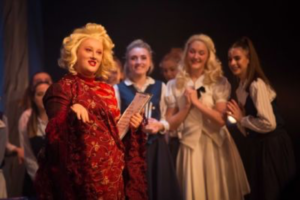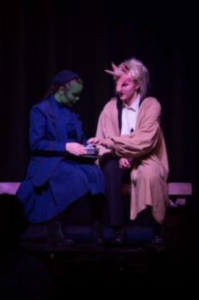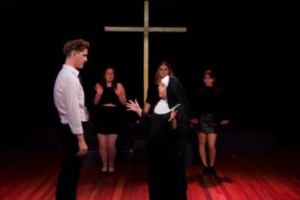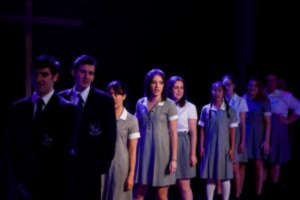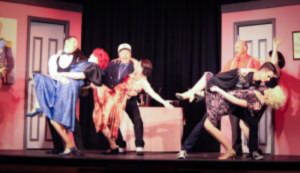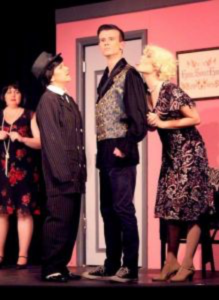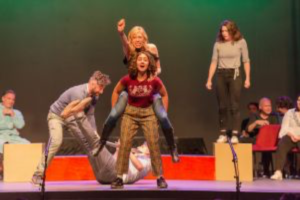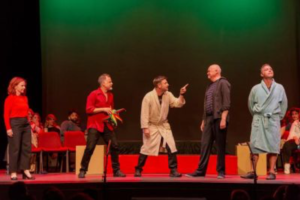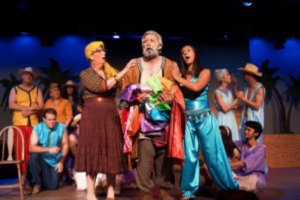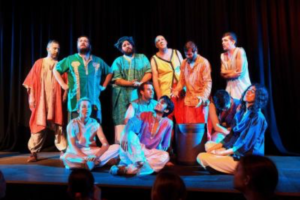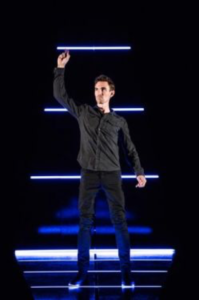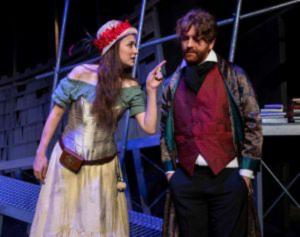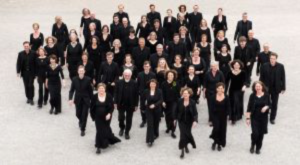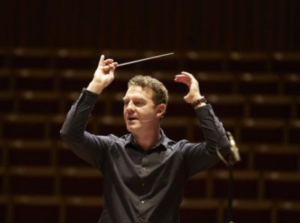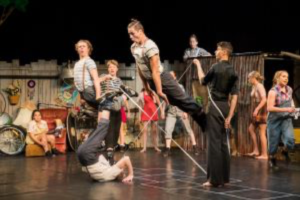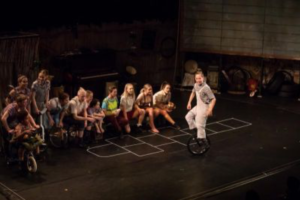Everest Theatre, Seymour Centre. June 1, 2019
Reviewed : 1 June 2019
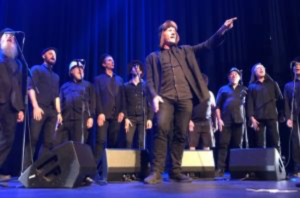
The Spooky Men’s Chorale returned to Sydney to a full house at the Everest Theatre at the Seymour Centre last night. After two more performances this month – Blackheath on 16th June, Melbourne Recital Centre on 20th June – they embark on another overseas tour to the UK and Germany. That might seem like some feat, but for The Spookies, it’s a matter of course.
Since they began in the Blue Mountains in 2001, they’ve toured Australia, performed at Festivals all over the UK and Europe, recorded six albums (the seventh is about to be released), appeared on radio and TV and are regulars at the National Folk Festival in Canberra.
Last night was their 700th gig!
One member of last night’s audience was at their very first gig in 2001. Others, though actually seeing them for the first time, had all their albums! There were people of all ages, from all over Sydney! There to see an acapella group of unpretentious men-in-black and different hats!
What is it about this group that inspires such an eclectic following? Their incredible harmony? The unusual songs they sing? Their absolute control? In fact, it’s a combination of all of the above – and a lot more. They are a close-knit group of fine singers who do more than just sing! They entertain. They intersperse their more serious repertoire – Georgian songs, love songs like A Kick in the Heart and some beautiful covers – with their own brand of unconventional songs written, most often, by their Spookmeister, Stephen Taberner.
These guys are real performers, whose faces and carefully orchestrated reactions to Taberner’s wry forewords, make their productions more than just choral singing. Inside their delightful, and perfectly rehearsed harmony, there’s a bit of political sting, a bit of local commentary, some delightful ‘send ups’ and a lot of humour.
From their opening song, We Are the Spooky Men, you know they are more than “a men’s group”! Taberner’s introductions seal the expectation of humour, and songs such as the title song of their new album Welcome to the Second Half, clinch it firmly. Who but the Spooky Men would kick off after interval with a Welcome song? Or tickle the audience with a gentle, but slickly performed, crack at Bohemian Rhapsody. Who but The Spooky Men can get a whole audience, old and young, on their feet in the aisles as a ‘dancing’ standing ovation?
Taberner has a special narrative skill. He is an eccentric sort of ‘everyman’, a little satirical, a little censuring, but totally appealing. He holds the audience just long enough with his “unexpected”, quirkily timed introductions, then with quick turn and a tap of his foot, launches the Spookies into song. This is ensemble work of a different kind – and it’s taken the group to The Edinburgh Fringe, St David’s Hall in Cardiff, the Toder Festival in Denmark and next month to the Rudolstadt Festival in Germany.
Their UK tour will include fifteen shows, beginning in Scotland on 28th June and finishing at King’s Palace in London and the Wickham Festival at the beginning of August. It’ll be a busy month but if any group can cope it will be he Spookies. Their laid back ‘group persona’ belies the organisation and rehearsal that underlies their big local following and their international success. Break a leg guys! Be safe – but enjoy every minute!
Also published in Stage Whispers magazine.
